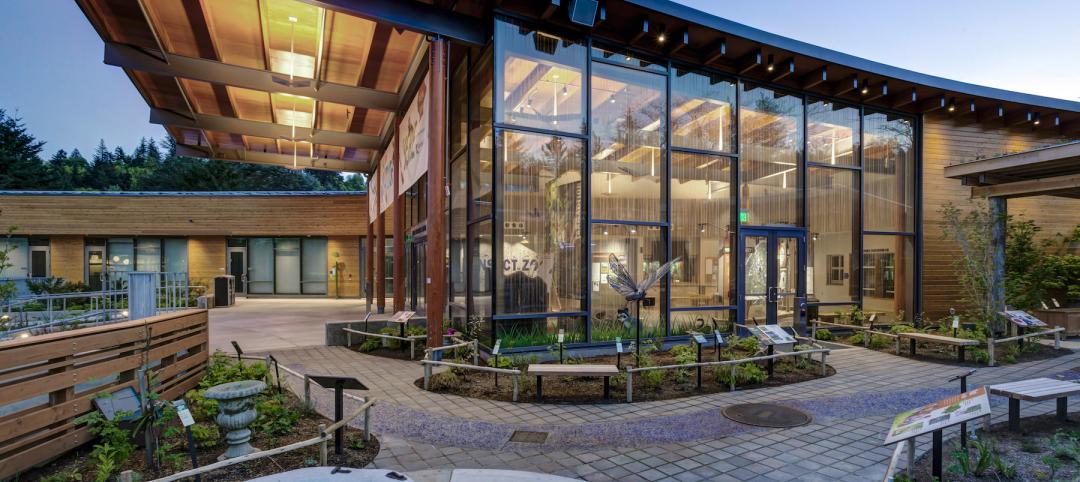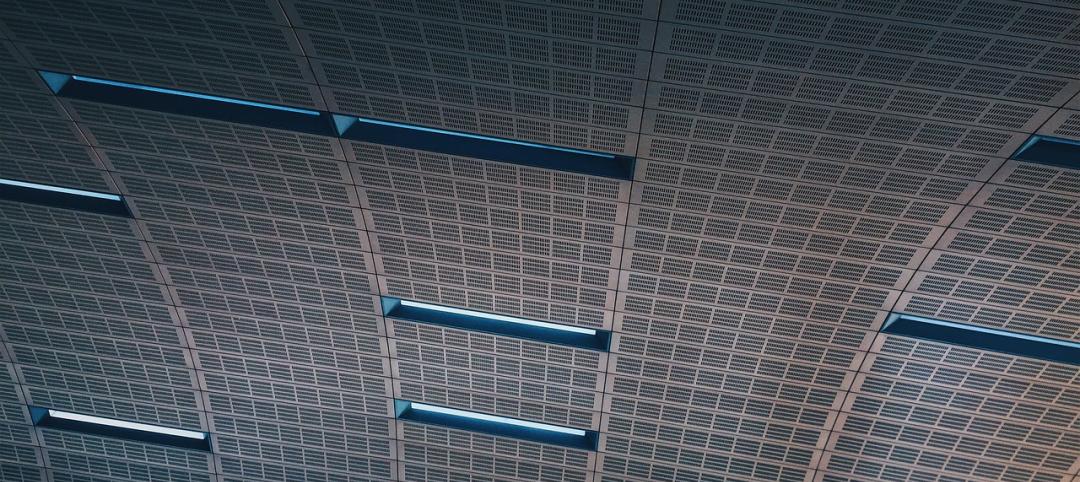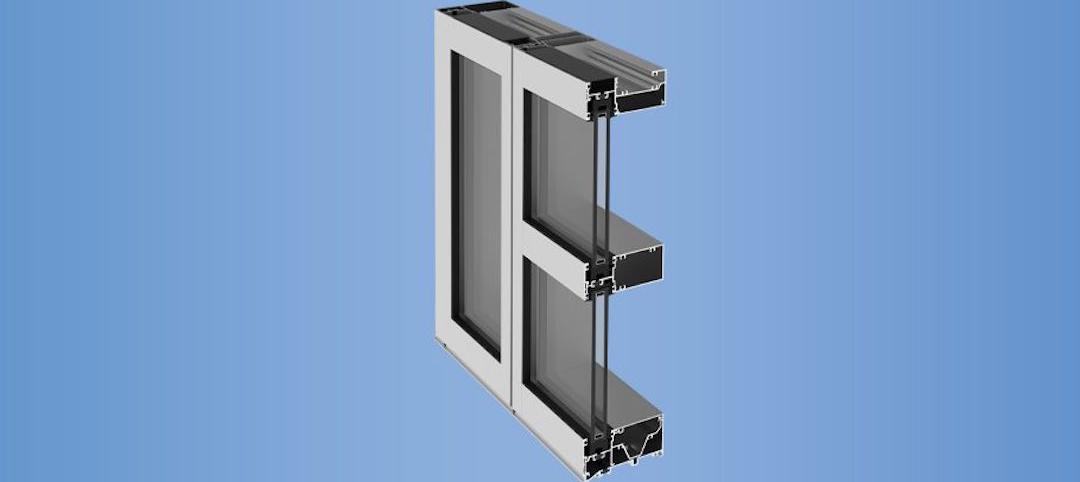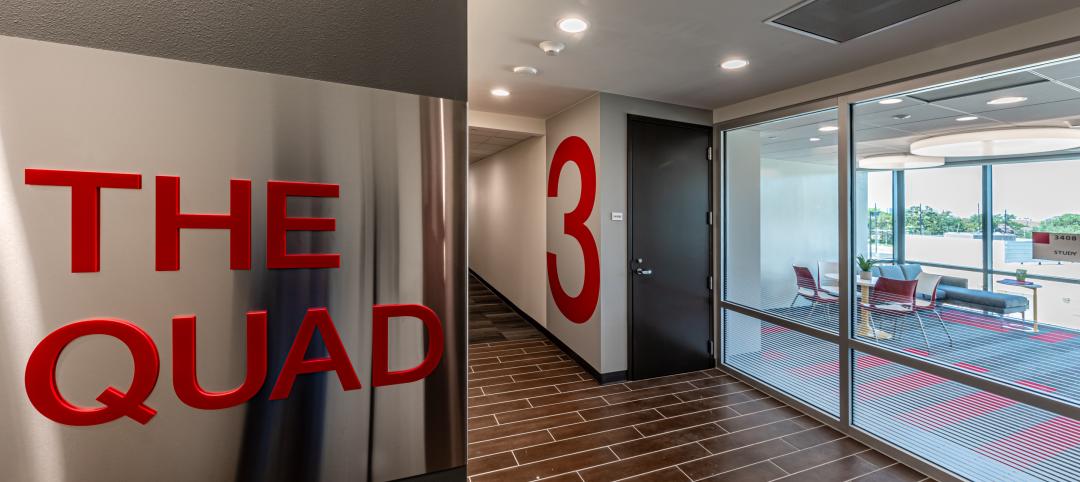Schaumburg, Ill. -- As tornado season escalates and increased tornado activity has devastated parts of the Midwest and the South during the past few weeks, the American Architectural Manufacturers Association (AAMA) has released a voluntary specification for testing and rating building components that will be exposed to tornados and similar extreme wind and rain conditions.
AAMA 512-11, Voluntary Specifications for Tornado Hazard Mitigating Fenestration Products, uses existing test methods and other procedures to qualify windows and other glazed fenestration products for tornado hazard mitigation. The newly released document provides a system for rating the ability of windows to withstand impact, pressure cycling and water penetration, which are generally associated with tornado conditions.
AAMA 512 is a voluntary specification that was developed by the AAMA Tornado Hazard Mitigation Task Group and is recommended for buildings heavily affected by tornados.
“The National Climatic Data Center estimates that a series of tornados in the Southeast and Ohio Valley in February 2008 caused $1 billion in damages,” says Gantt Miller (Winco Manufacturing) who chaired the Task Group that created the Specification. “In creating this specification, the intent is that injury, loss of life and damages resulting from tornados and severe weather can be prevented or greatly lessened.”
The specification outlines that different levels of protection apply to different buildings such as, but not limited to, hospital emergency rooms, community shelters, and police/fire headquarters. These levels of protection are specified based on requirements of the authority having jurisdiction, and each level corresponds to different testing requirements. The level of testing required for each of these types of facilities also depends on the FEMA performance zone where the building is located, as the weather conditions and likelihood of a tornado varies depending on the part of the country.
The Testing and Performance Requirements section of the specification outlines the necessary test conditions for adhering to AAMA 512. According to the specification, test specimens should be tested for anchorage, missile impact, water testing and cycling (for windows used in hurricane-prone zones only).
AAMA 512-11, Voluntary Specifications for Tornado Hazard Mitigating Fenestration Products is available to AAMA members at a cost of $15 for download, $30 for a paper copy and $35 for a CD. Non-members may purchase the document at a cost of $45 for download, $90 for a paper copy and $96 for a CD. To order AAMA 512-11, visit the AAMA Online Publication Store. AAMA 512-11 is also available to AAMA Category 1 members through the Publication Licensing Program.
Related Stories
Cladding and Facade Systems | Oct 26, 2021
14 projects recognized by DOE for high-performance building envelope design
The inaugural class of DOE’s Better Buildings Building Envelope Campaign includes a medical office building that uses hybrid vacuum-insulated glass and a net-zero concrete-and-timber community center.
Fire-Rated Products | Oct 21, 2021
Safti First Fights Through Assertions Made By Plaintiffs Ely Holdings Limited And Greenlite Glass Systems That Safti First’s Fire Rated Floor System Infringed On Their Patent
In a summary judgement dated February 3, 2021, Chief Magistrate Joseph C. Spero of the United States District Court for the Northern District of California ruled that the patent infringement claims filed by Ely Holdings Limited (Ely) and Greenlite Glass Systems (Greenlite) against SAFTI FIRST, a USA fire rated glass and framing manufacturer, could not proceed to trial, finding that the SAFTI FIRST’s fire resistant floor does not violate Ely’s patent.
Sponsored | Glass and Glazing | Oct 1, 2021
Specifying Responsibly to Save Birds’ Lives
Realizing sustainable, bird-friendly glass design
Sponsored | Glass and Glazing | Oct 1, 2021
Seizing the Daylight with BIPV Glass
Glass has always been an idea generator. Now, it’s also a clean energy generator.
Glass and Glazing | Sep 30, 2021
Plans move forward on Central Place Sydney, duel towers with an AI-driven façade system
SOM and Fender Katsalidis are designing the project.
Glass and Glazing | Aug 24, 2021
Smart glass innovations for smarter buildings
Researchers explore the use of ultrathin photodetectors and augmented reality thin films to expand smart building applications.
75 Top Building Products | Dec 2, 2020
Top Glass and Glazing Products for 2020
Viracon's Thermal Spacer and YKK's YWW 50 TU Thermally Broken Window Wall are among the 7 new glass and glazing products to make Building Design + Construction's 2020 75 Top Products report.
Sponsored | Glass and Glazing | Nov 12, 2020
Fire Rated Glass Makes Visual Connectivity Possible, Beautiful and Affordable at Campus Housing
Sponsored | Glass and Glazing | Oct 20, 2020
Retaining Fallingwater’s Iconic Connection Between Indoors & Outdoors
Sponsored | Glass and Glazing | Sep 29, 2020
Glass helps Calgary Central Library convey collective and community















